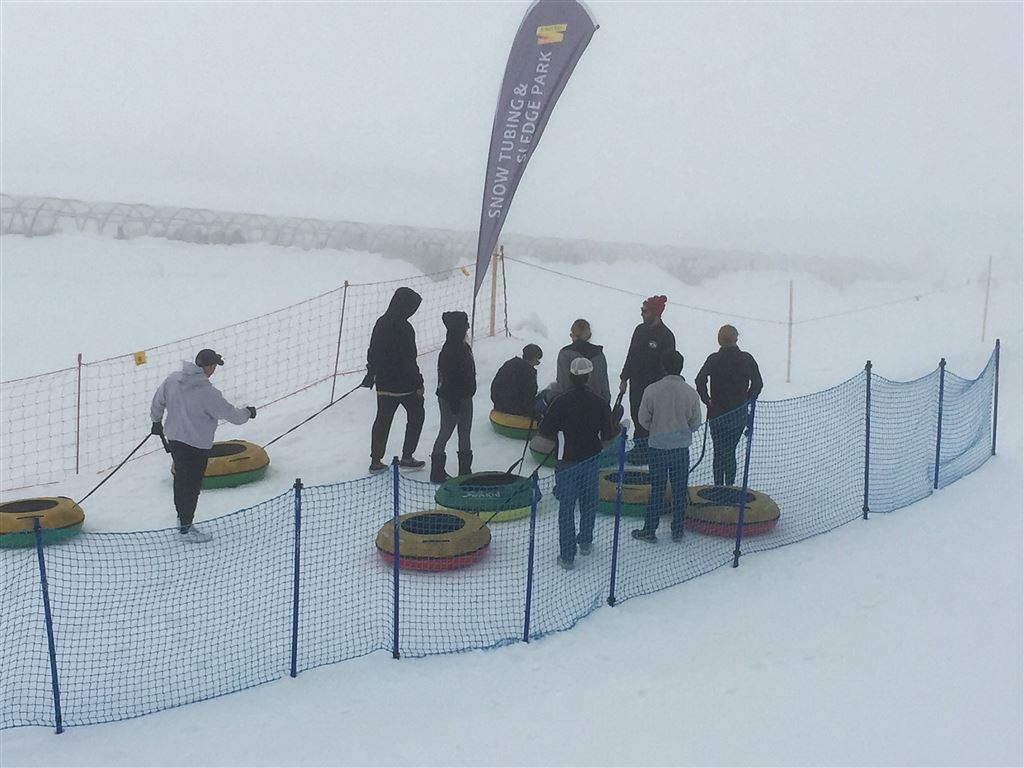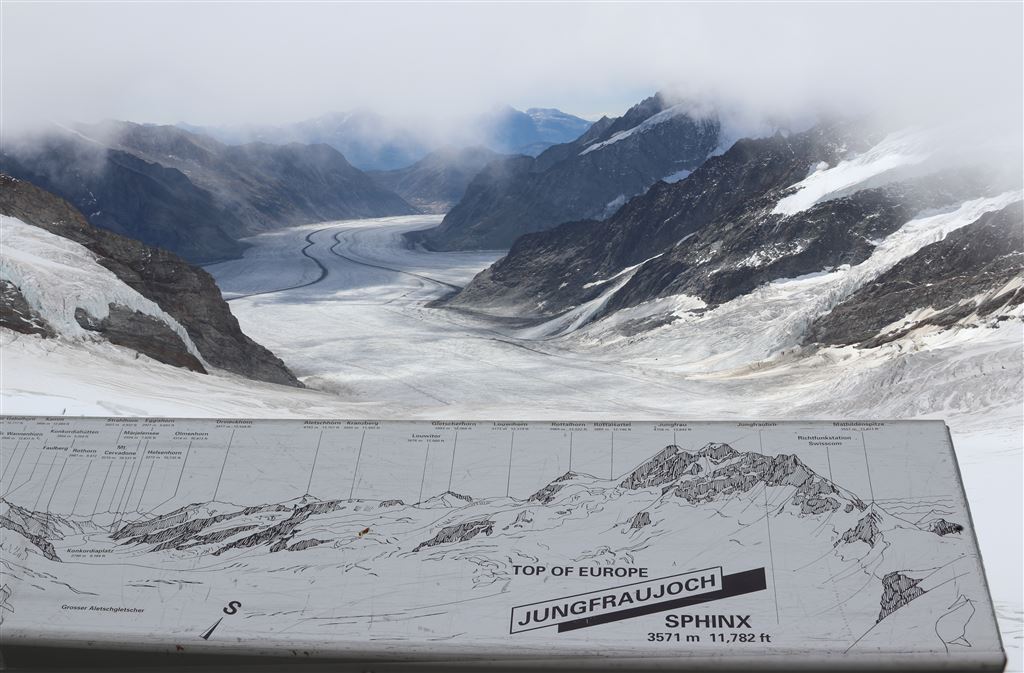
Jungfraujoch is what is known as a “saddle” (a crest between two peaks, joch in German) connecting the peaks of Jungfrau and Monch in the Bernese Alps. It is a popular tourist destination, mainly because it is home to the highest train station in Europe, at a height of 3454 m above sea level.
A place of beauty, glistening in the snow for most of the year, the peak boasts of a remarkable view, too. It is notably listed by UNESCO as a World Heritage site for its beautiful view and because it is home to the largest glacier in Europe.
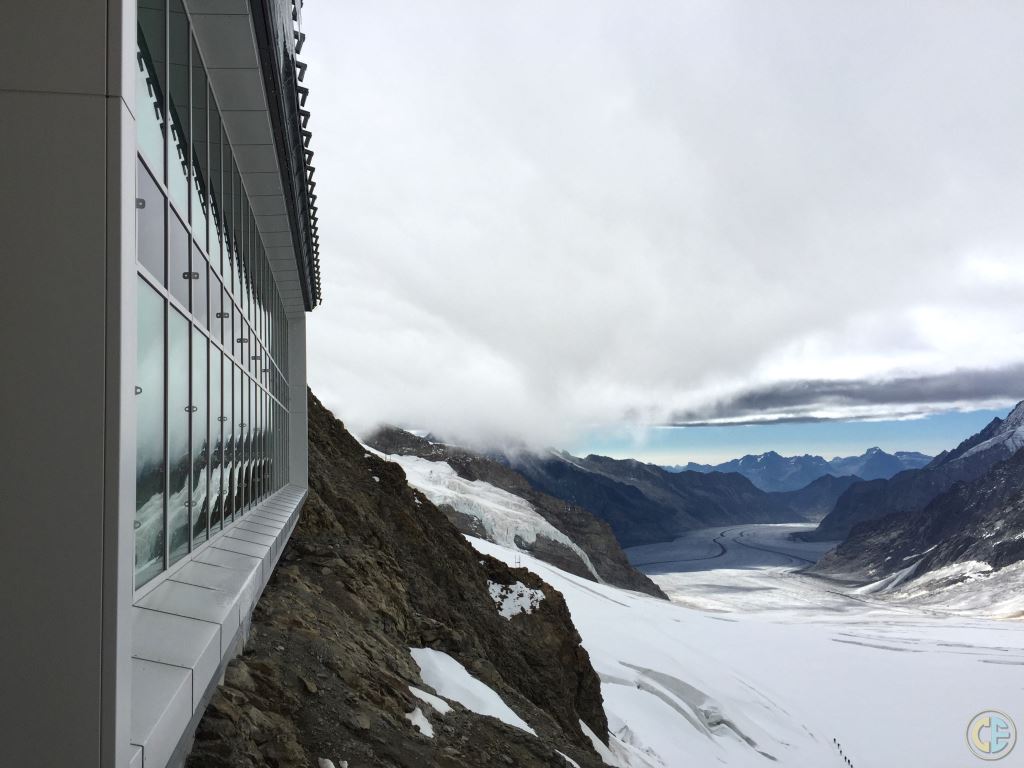
The Jungfraujoch Train
The Jungfraujoch Train, a cogwheel mountain train, runs on a 9-km long track between Kleine Scheidegg in Switzerland to Europe’s highest station at Jungfraujoch. The track is almost completely inside a tunnel (the Jungfrau Tunnel), with two stations in the middle, where the tourists can get off to enjoy the view of the mountains. Travelling from the beautiful town of Interlaken to Jungfraujoch by the cogwheel train is an unmissable experience for every tourist visiting Switzerland.
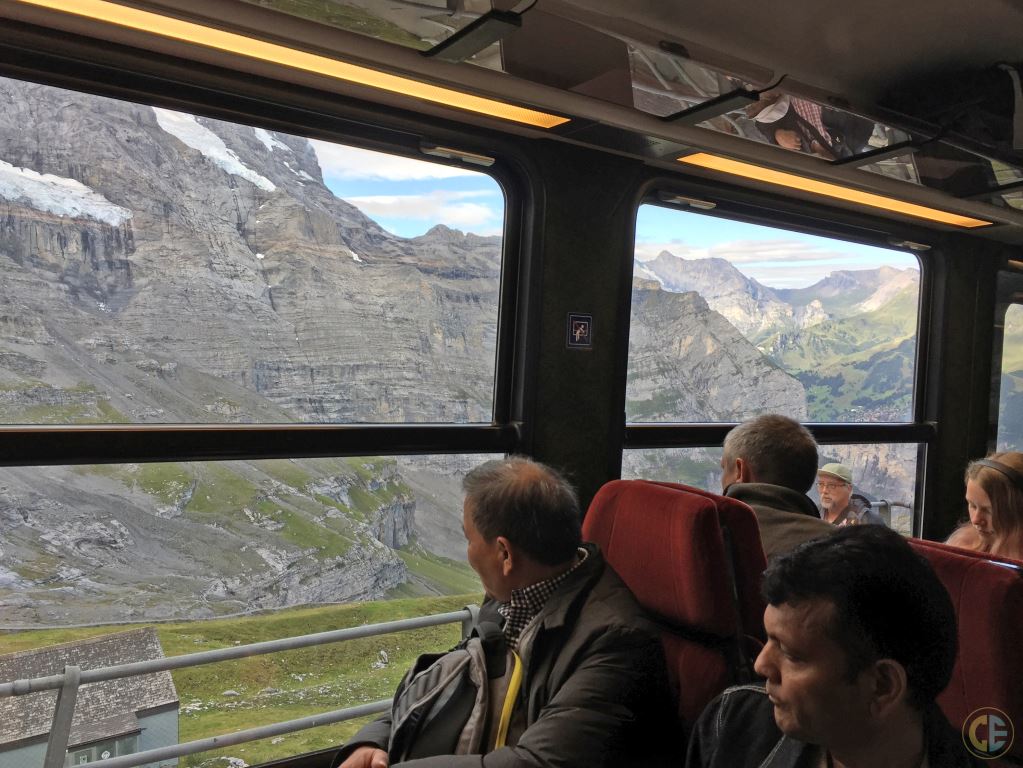
How to get to Jungfraujoch?
Looking to get to the mountain and to the top of Europe? Here is what you can do.
From Zurich
The best way to get to Jungfraujoch from Zurich is to take a train or travel by road to Interlaken first. This will take you about 2.5 hours. From there, you can board the cogwheel train at Grindelwald and experience the surrealistic journey to the highest train station in Europe.
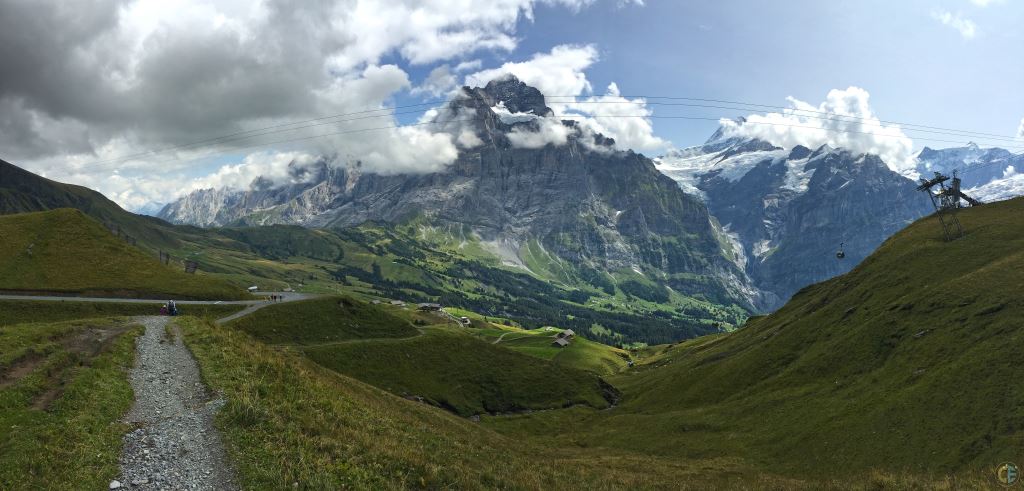 Grindelwald Switzerland
Grindelwald Switzerland
From Bern
Bern is somewhere between Zurich and Interlaken, so if you’re going to Jungfraujoch from Bern, it’ll take you even less time than it does to get there from Zurich. You can take a train or go by road to Interlaken as before, and travel to Jungfraujoch by the famous Jungfraujoch Railway. This journey to the Swiss Alps is something that must not be missed by any tourist in Switzerland.
Jungfraujoch Weather
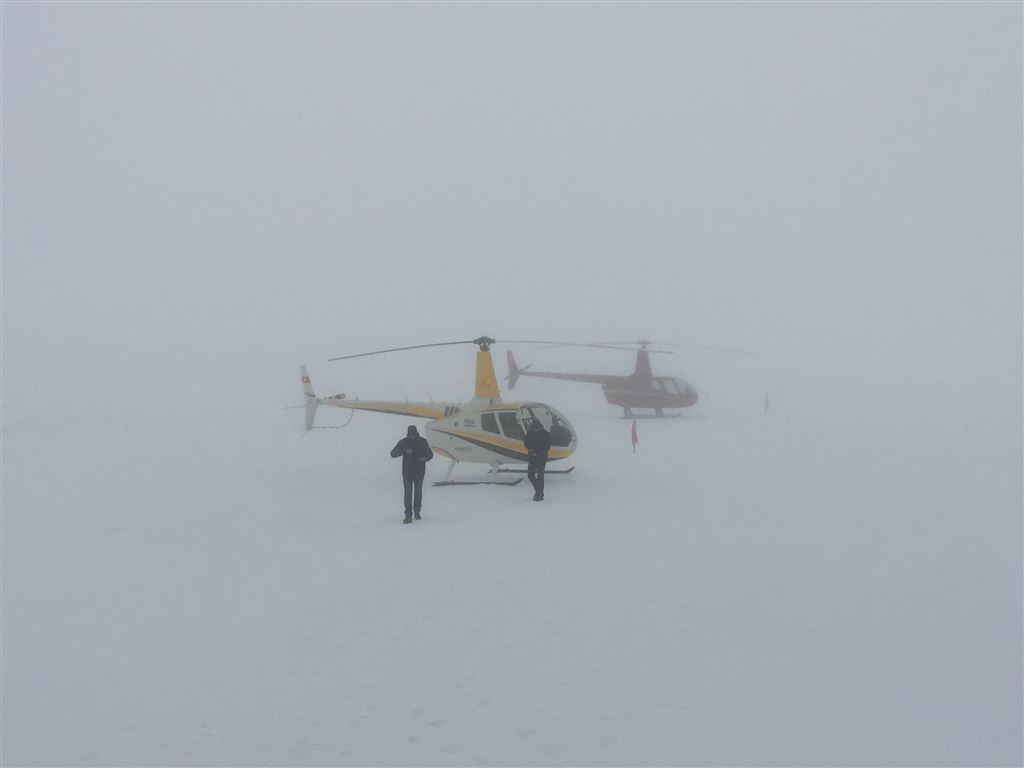
Being a high peak in the Swiss Alps, it’s natural that Jungfraujoch is cold and snow-covered for most of the year. But then, that is what makes it so attractive, isn’t it? The temperature here can go up to 20°C in the summer, but it can even go as low as -20°C in the winter. If you can withstand the cold, winter is a beautiful time to visit, and you’ll get to see the snow-covered peaks, glistening away in sight. However, the most popular time to visit the place is between August and September, when the climate is pleasant, and the temperature does not drop below 10°C.
Jungfraujoch Ice Palace
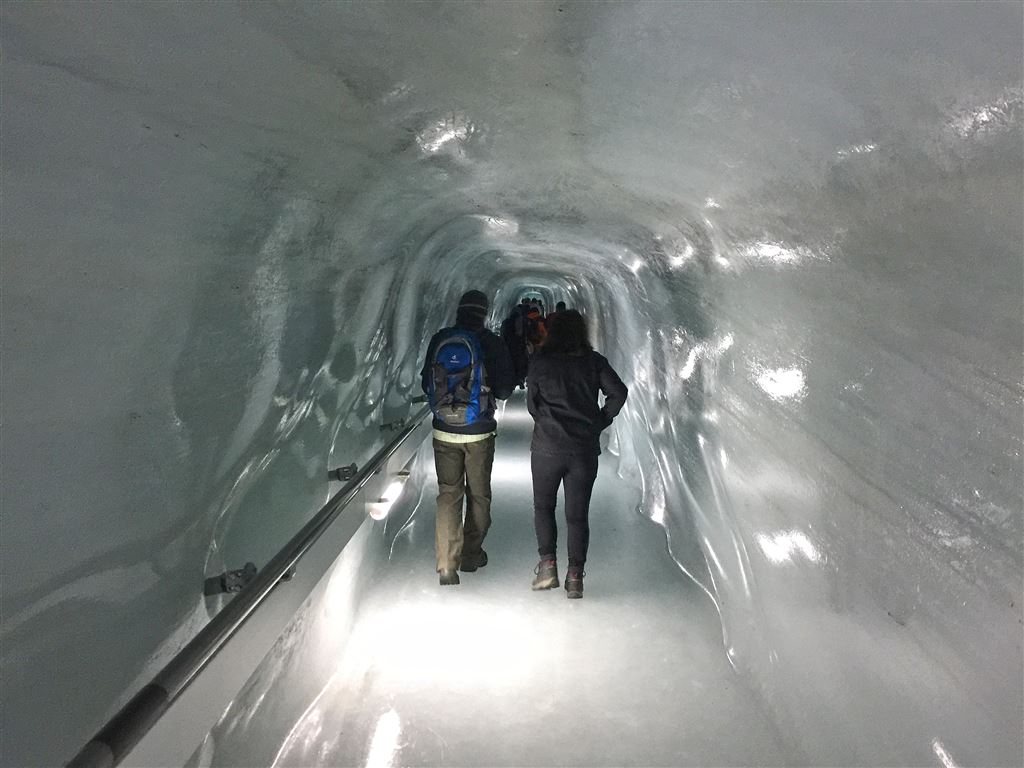
The most beautiful thing you’ll get to see in Jungfraujoch, particularly if you visit during the winter months is, perhaps, the Ice Palace. It may seem a bit out of place in a place of such natural beauty, but the creativity in sculpting vaulted rooms, birds, animals, people and even an old-fashioned bar is exquisite. It’s worth a look, especially because it is free for all passengers of the Jungfraujoch Railway.
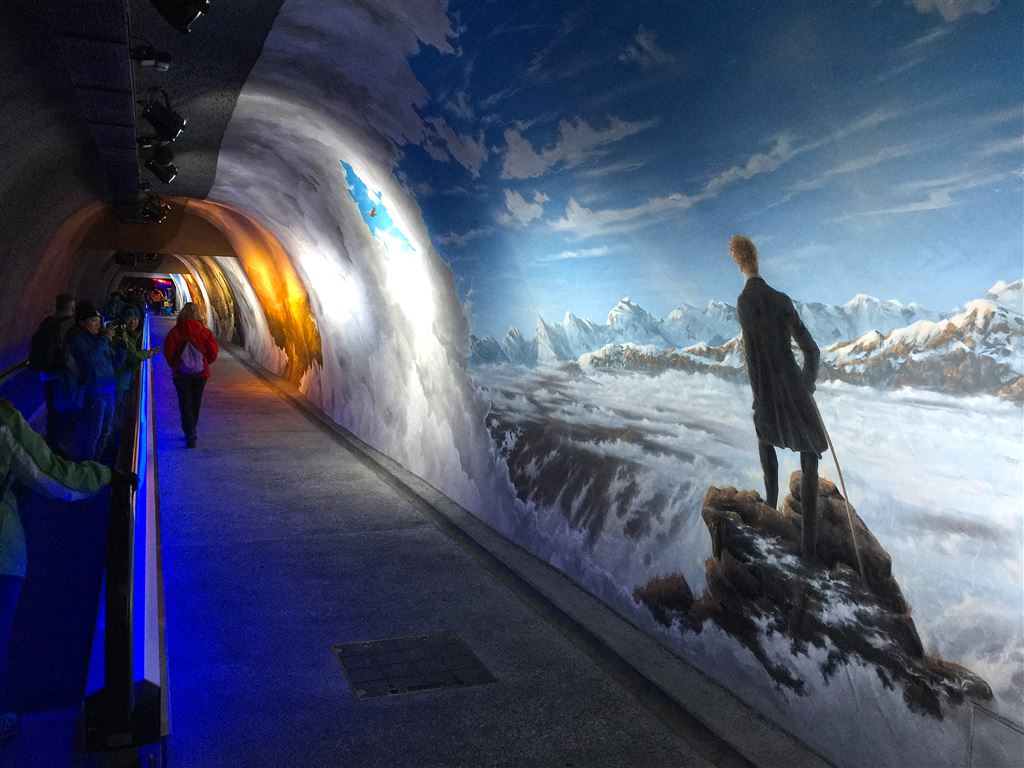
The Mountains Near Jungfraujoch
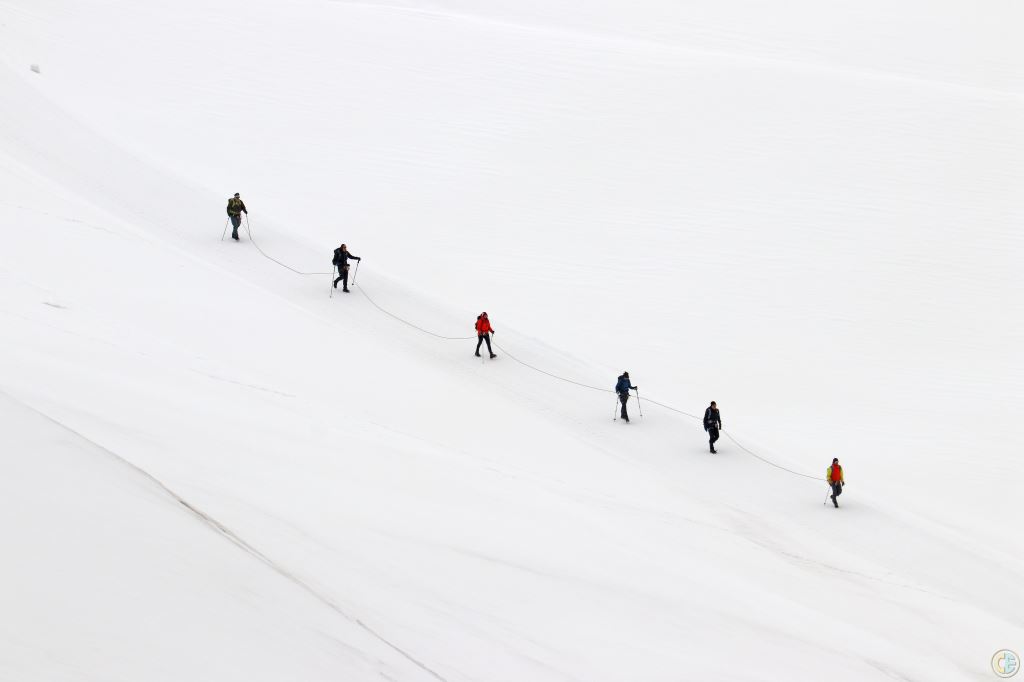
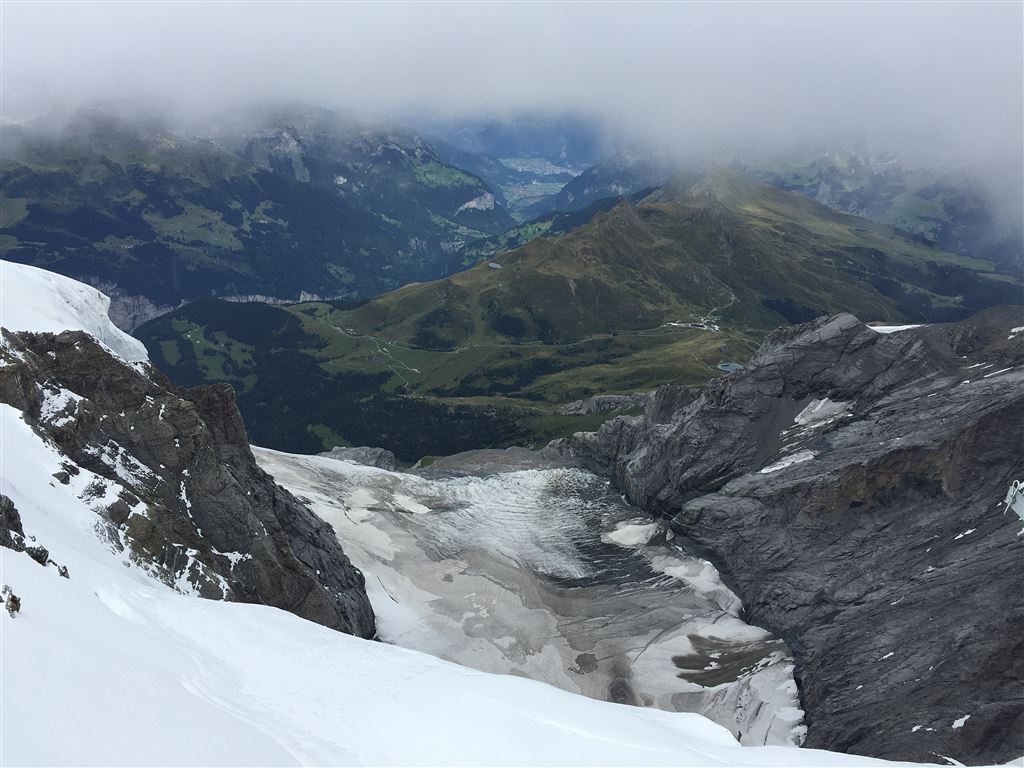
Jungfraujoch technically connects the peaks of Jungfrau and Monch, two mountains of the Bernese Alps. They are each a bit higher than Jungfraujoch, with Jungfrau at 4,158 m and Monch at 4,107 m above sea level. Jungfrau is the third highest peak of the Bernese Alps after Finsteraarhorn and Aletschhorn, while Monch comes in after it. Eiger is another mountain near Jungfraujoch, which, along with the other two, forms a well-known and recognizable cluster, clearly visible from a great distance.
